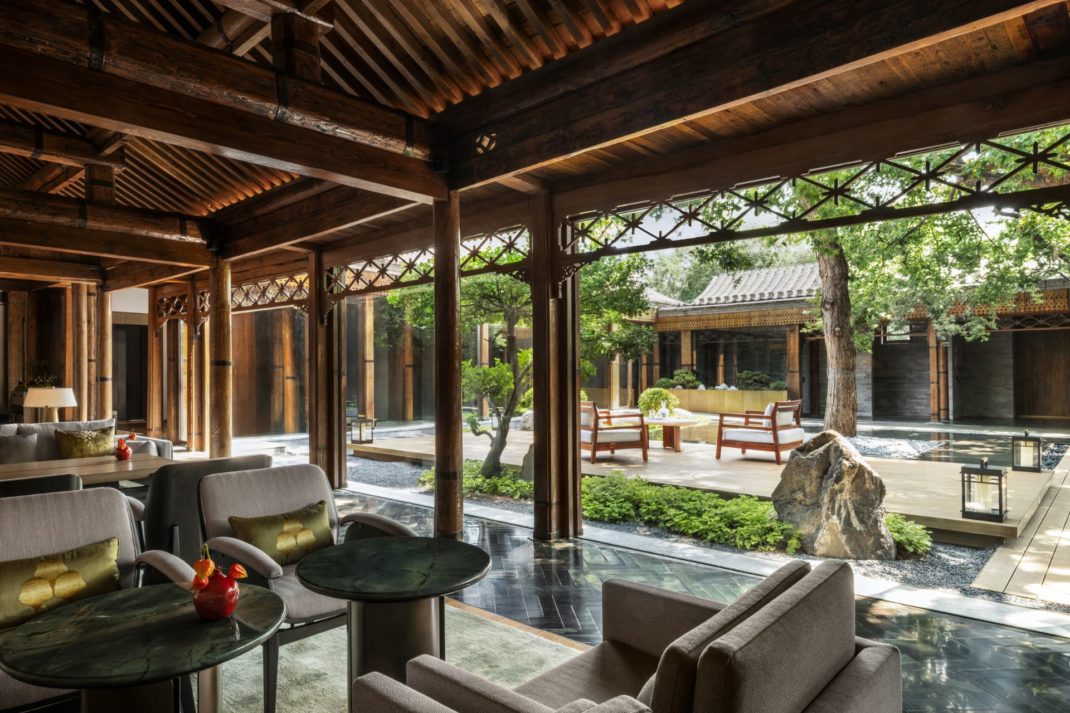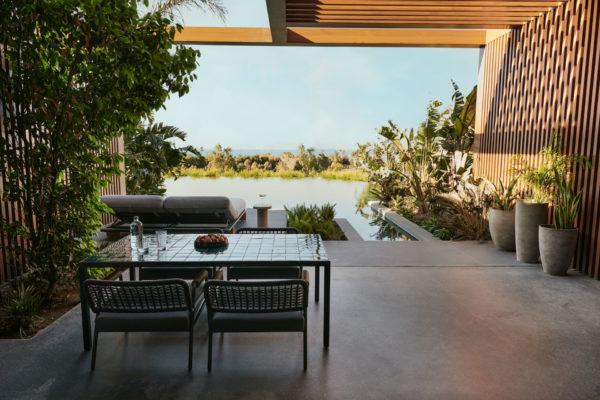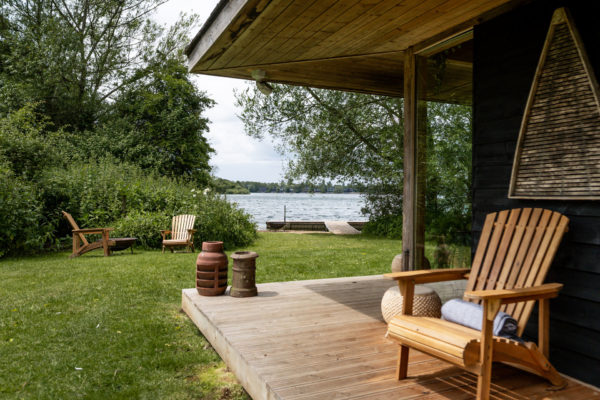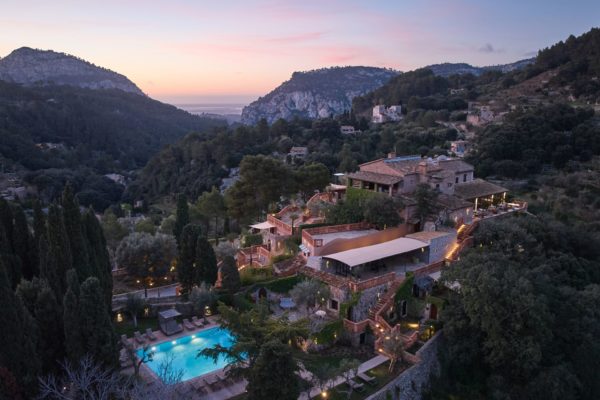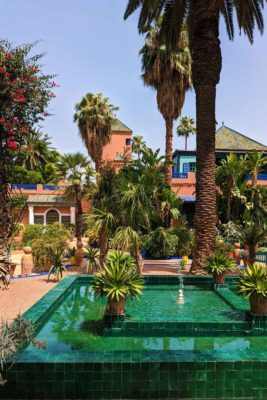Understated Elegance At Six Senses Kyoto
By
9 months ago
'An oasis of peace and comfort'

The aroma of cedar and cypress which greets guests on arrival at Six Senses Kyoto is the first of many invitations to relax. Traditional culture, airy rooms, and soothing greenery ensure the hotel – in the temple district of Higashiyama, east Kyoto – is an oasis of peace and comfort, says Nicola Venning.
The C&TH Guide to Responsible Tourism
Hotel Review: Six Senses Kyoto, Japan
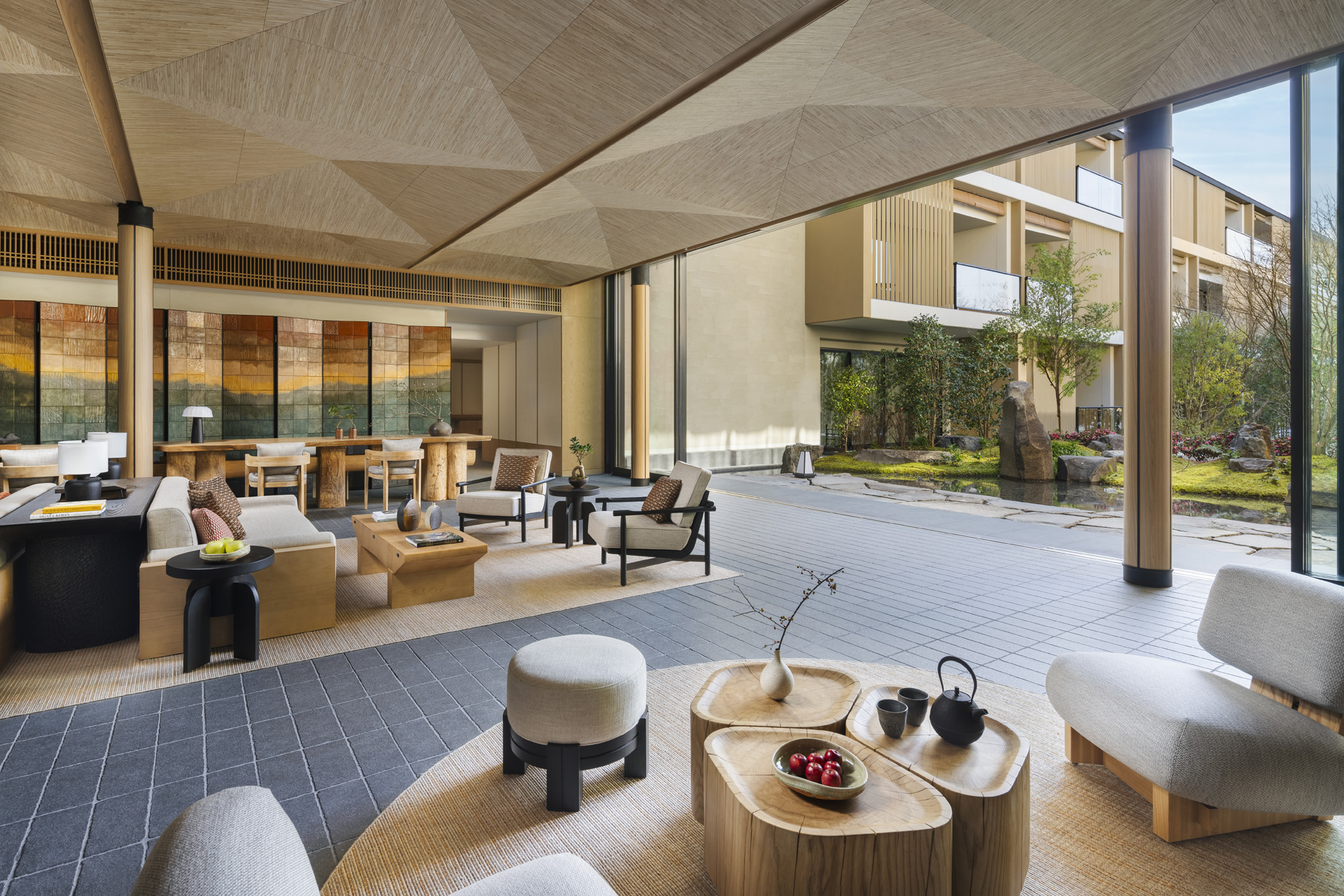
The lobby
STAY
Artworks inspired by Japan’s golden era, the Heian Period, are dotted throughout Six Senses Kyoto, creating a sense of calm and (often amusing) contemplation. The lobby sets the tone, with a folding screen of the sacred Mount Kurama, one of the settings in the country’s classic novel, Tale of Genji, written over 1,000 years ago; this is echoed in the folding, book-like ceiling. On the opposite wall is a humorous take on Choju-giga, the classic scrolls of frolicking animals in Kyoto’s Kozan-ji temple, now considered an example of early manga.
The hotel’s 81 guest rooms and suites are also infused with national culture: there are plum blossom prints, tatami-style grass mats and recycled washi paper masks of the Fox (the Shinto messenger) by each suite, with intriguing eyes that glow when the room is occupied.
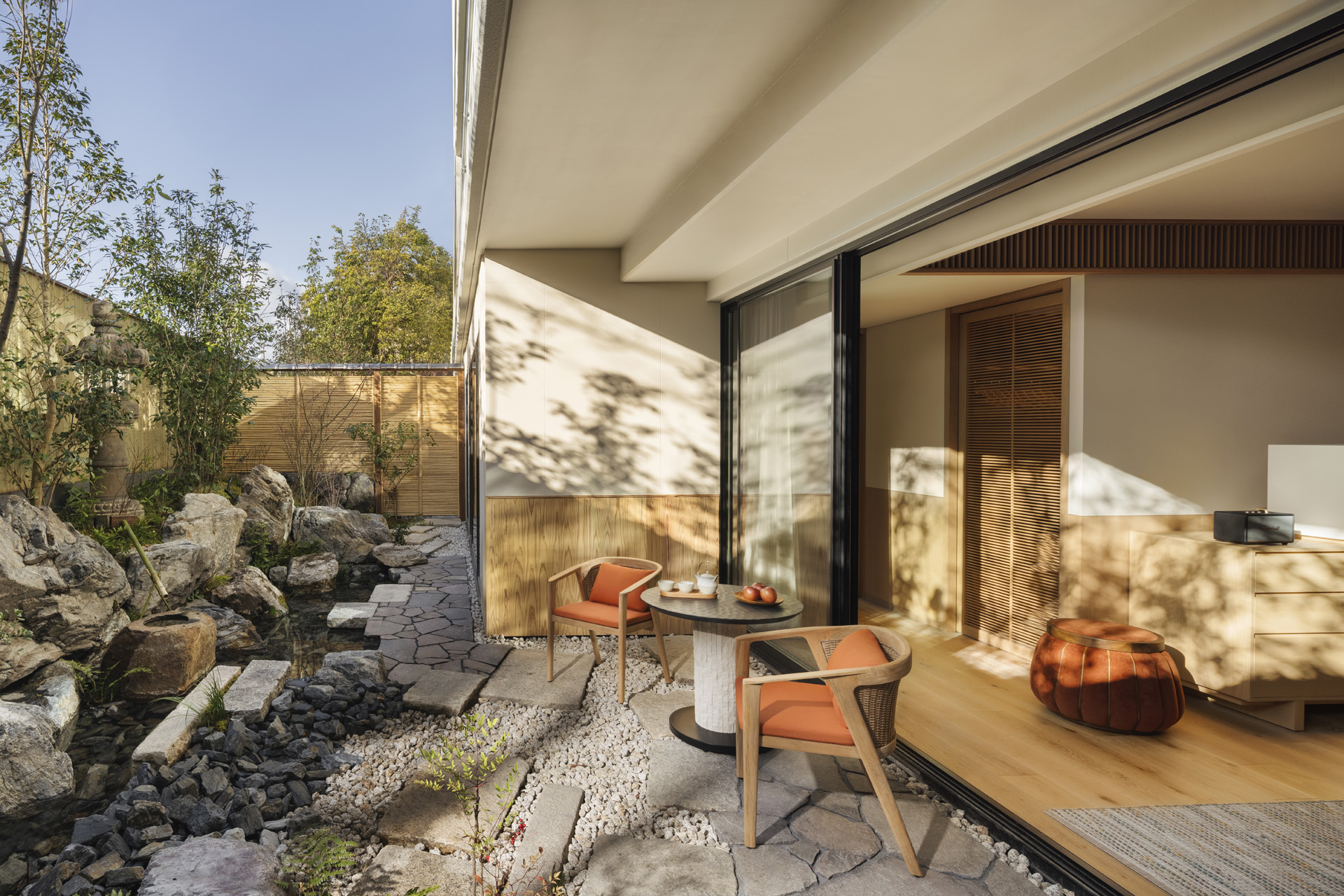
Premier Suite Garden
Most of the rooms have a view of nature, whether that’s the neighbouring temple’s lawns, the herb garden or dainty acer and fern filled courtyards which invite lingering. Natural or recycled materials are used as far as possible and the light blond furniture ensures the rooms feel spacious and inviting; the bathroom is in elegant stone and the amenities are, as far as possible, plastic free. A soothing calm permeates everything.
Water (in the hotel’s own glass bottles) and tea and coffee making equipment, including a Nespresso coffee machine are provided and although there is a TV, it is tucked behind a wall panel. Instead, beguiling books such as Wabi Sabi: Japanese Wisdom for a Perfectly Imperfect Life, are left to peruse. The vibe is thoughtful relaxation.
DO
Take advantage of the large pool as well as the baths, which are very warm and inviting. There are pilates and yoga classes, and the spa has treatments galore. Make time for the Ah-Un massage. Unique to Six Senses Kyoto, the massage starts with traditional brush and ink calligraphy (to promote a meditative frame of mind) and also includes the use of a tuning fork: the vibrations penetrate the body’s tissues, promoting relaxation and reducing inflammation.
With the Six Senses Kyoto’s building constructed to a high LEED standard of sustainability, the Earth Lab studio gives guests a chance to learn about other sustainability initiatives onsite and join in some lifehacks, such as making chemical free detergents or extracting essential oils from the garden herbs. Children can also join in, and a portion of revenue goes to a dedicated Sustainability Fund which supports community based organisations, Biotope Network Kyoto and Council for Kyoto Traditional Forest.
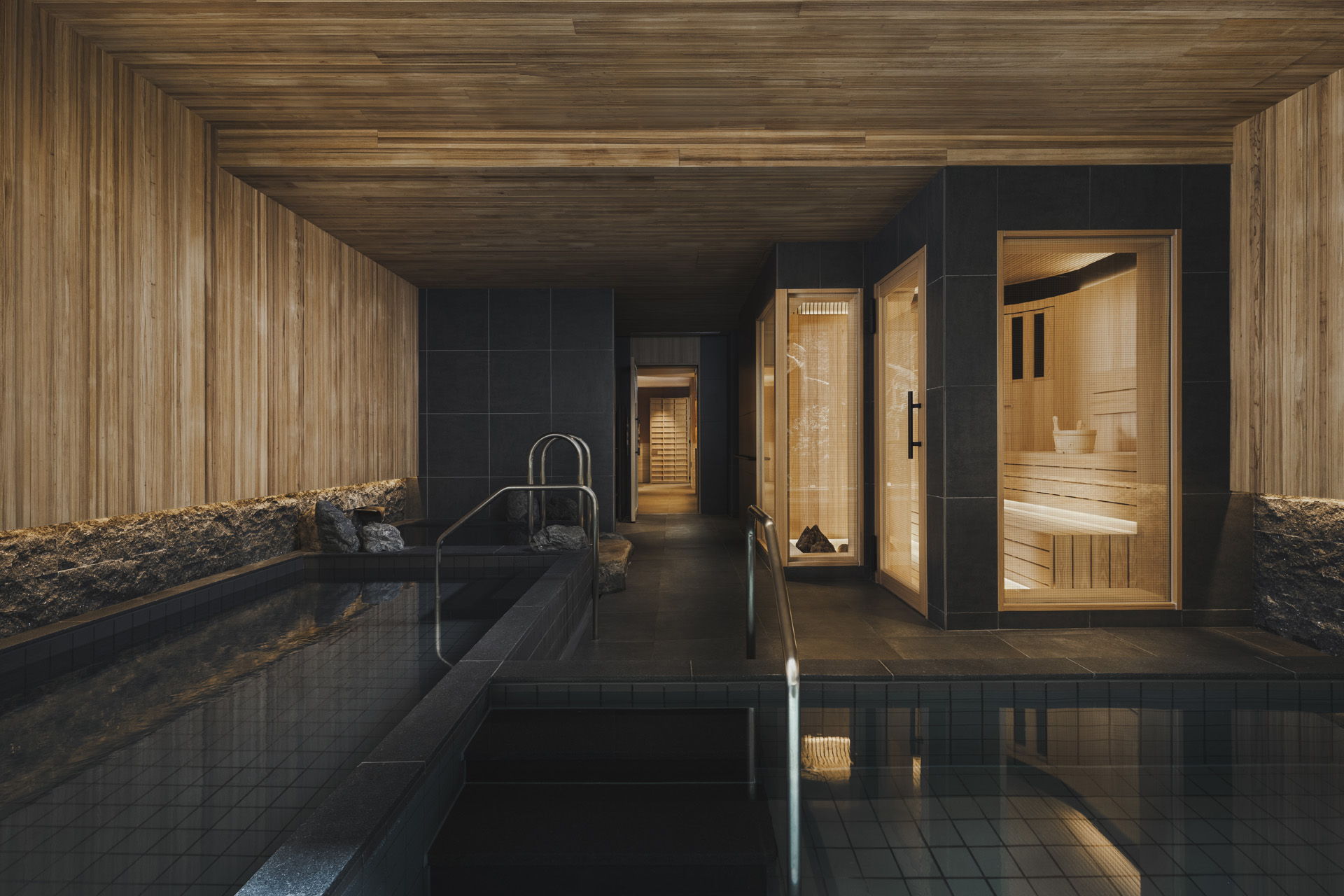
The bathhouse
Located opposite Kyoto National Museum and beside the quiet but impressive Toyokuni-jinja Shinto Shrine, Six Senses Kyoto is only a short and colourful stroll from Kiyomizu-Dera Temple and Yasaka Shrine. Despite the tourists, the route still manages to evoke old Kyoto: think narrow lanes, old wooden merchant houses, and many shops, cafes and occasional gardens.
In the centre of Kyoto, about a 20 minute bus ride away, is the renowned, lantern-dotted Pontocho Alley, by the Kamo-gawa River, lined with colourful shops and restaurants. For a quieter vibe, head over the river to Gion, the pretty historic geisha quarter. The less visited back streets have some excellent places to eat and you may even see a geisha. The excellent public transport system or local taxis (which are very reasonable) can easily whisk you further afield to the likes of the Golden Temple or Fushimi Inari (Thousand Torii Gates). Make sure you go early to avoid the crowds.
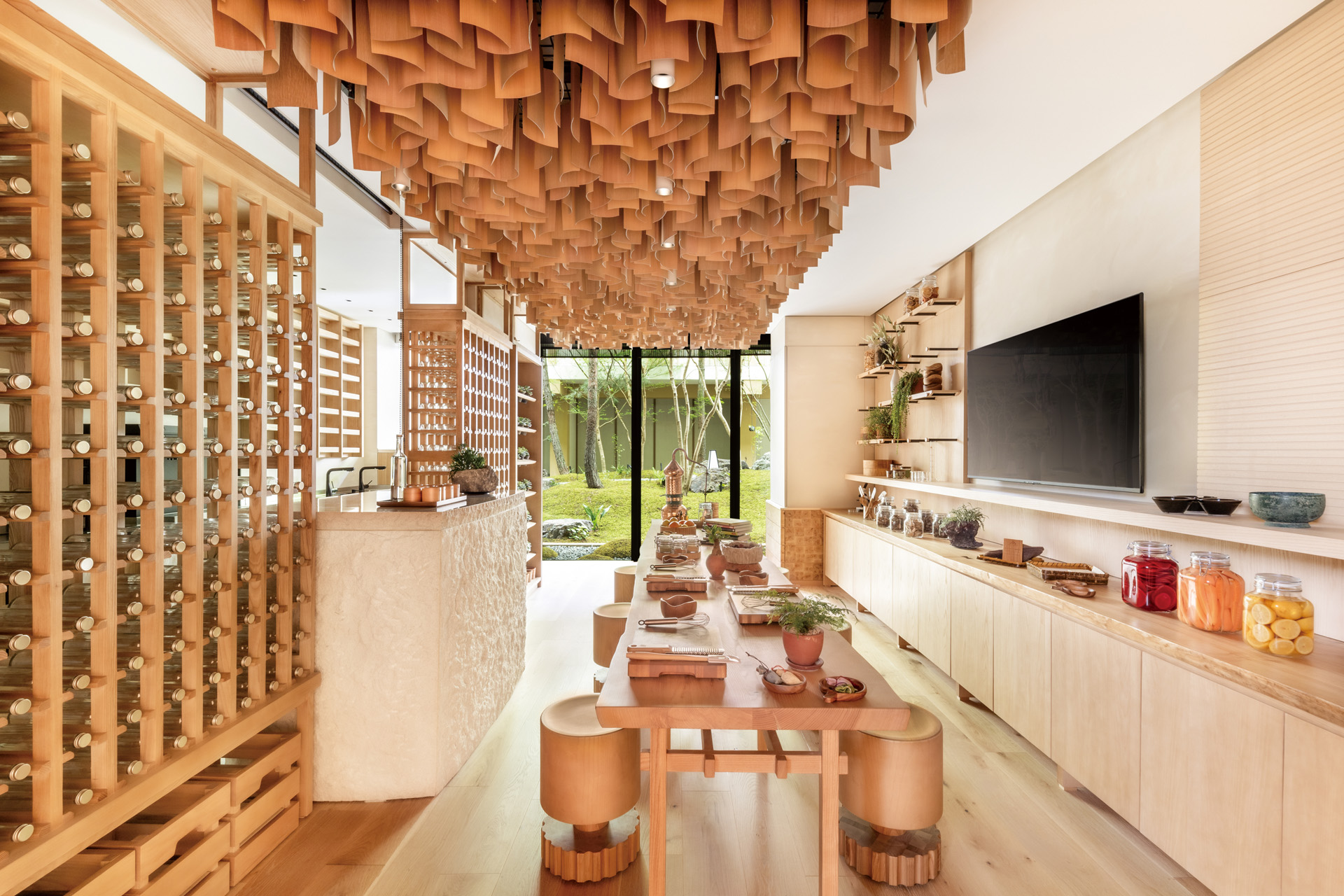
Earth Lab
EAT
Six Senses Kyoto’s Sekki restaurant and café opens onto a courtyard garden where, weather permitting, you can dine outside and enjoy a breakfast that ranges from Japanese yuba, miso and savoury porridge to muesli yoghurt and fruit. With its name referring to Japan’s 24 solar terms or ‘seasons’, the cuisine at Sekki is organic with much of the food locally sourced. The menu is a successful mix of Japanese with contemporary twists. Our waygu rump beef with roasted vegetables was perfect. Though Japanese champagne still has a way to go, a glass of the local red more than made up for it.
At breakfast, you are totally spoilt with Japanese, savoury and western options as well as a wonderful range of fruit for which I was very grateful; for some reason fresh fruit does not feature much on most Japanese menus. For a pre- or post-dinner tipple, the funky Nine Tails bar (another reference to that Shinto fox) is stocked with almost 100 percent Japanese sourced alcohol, with a cocktail list featuring a punchy Martini.

Sekki
THE FINAL WORD
Six Senses made its name creating luxurious hotels in remote, stunning locations, close to nature and the local community; they now are pursuing a new concept by opening in cities, too. Two so far, Kyoto and Rome, have been launched. All of which makes sense. The hotel’s understated elegance, emphasis on well-being and ever-present greenery, is a welcome antidote to any heaving metropolis. If you seek very comfortable, restorative relaxation with some soothing Zen, you will find it here.
BOOK IT
Rates at Six Senses Kyoto, part of IHG’s luxury and lifestyle portfolio, start from JPY 170,000 (approx. £881) per night for two on a room only basis. sixsenses.com
Nicola was travelling in Japan when this review was conducted.



